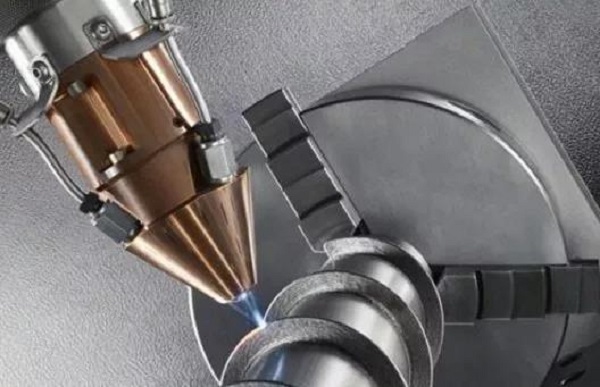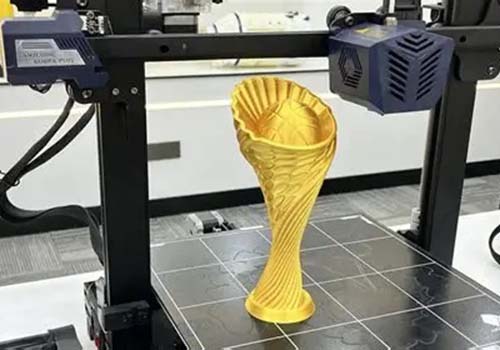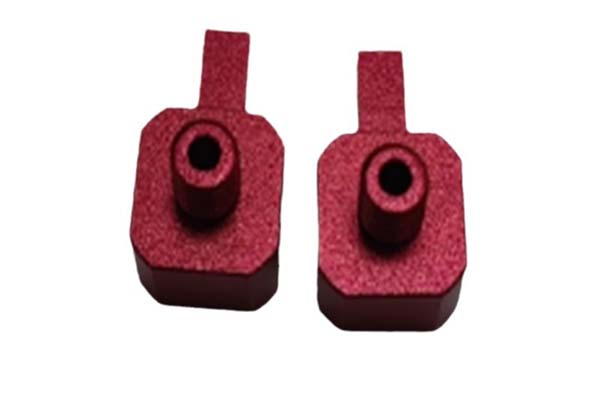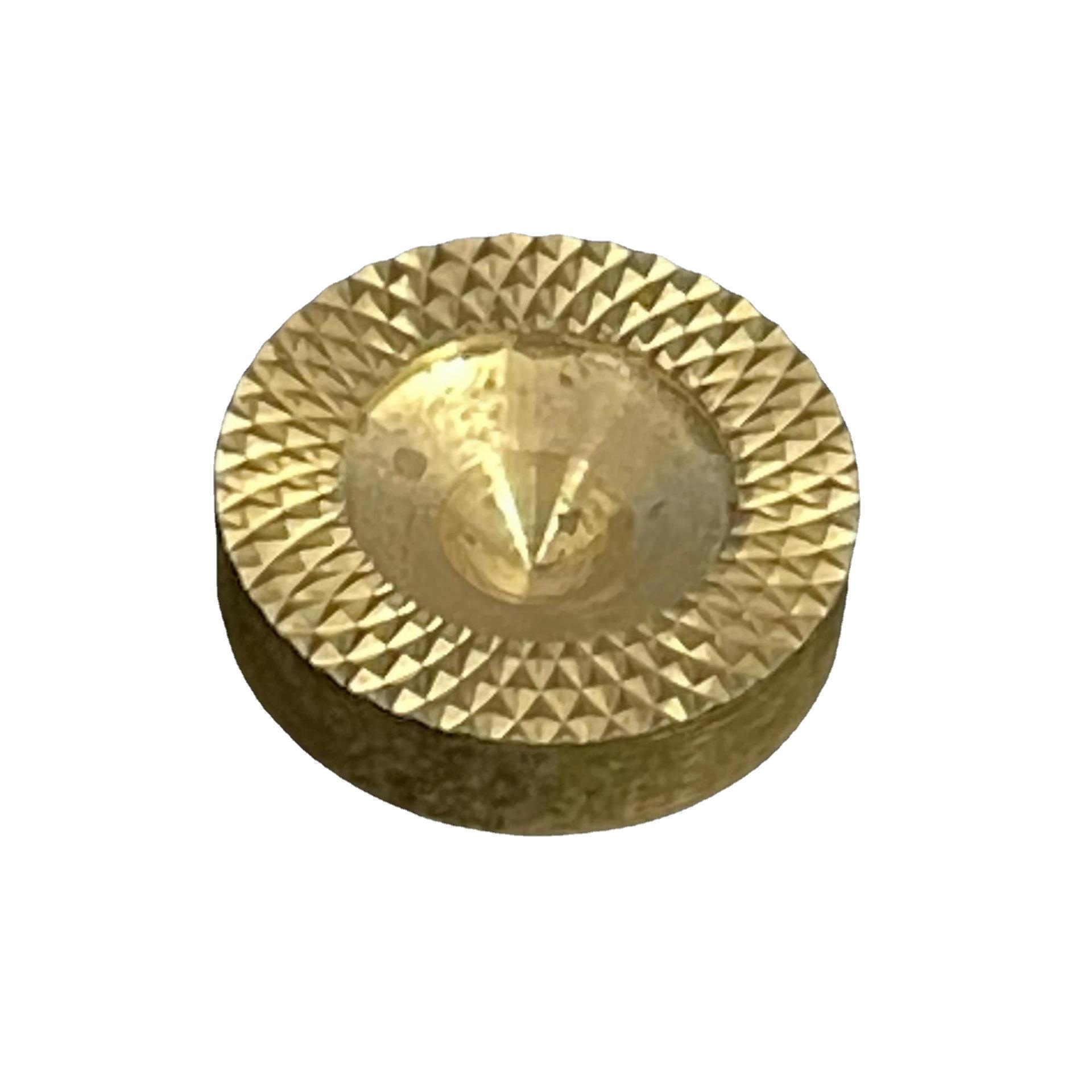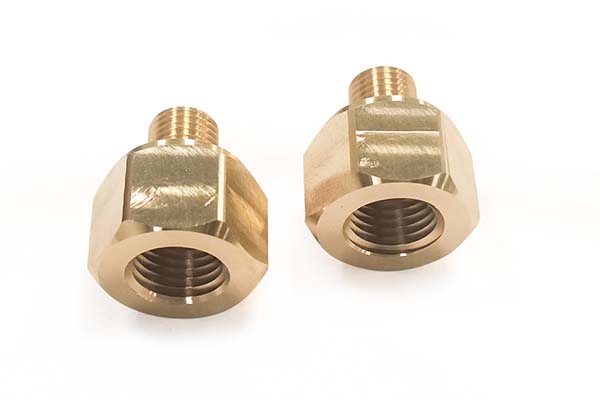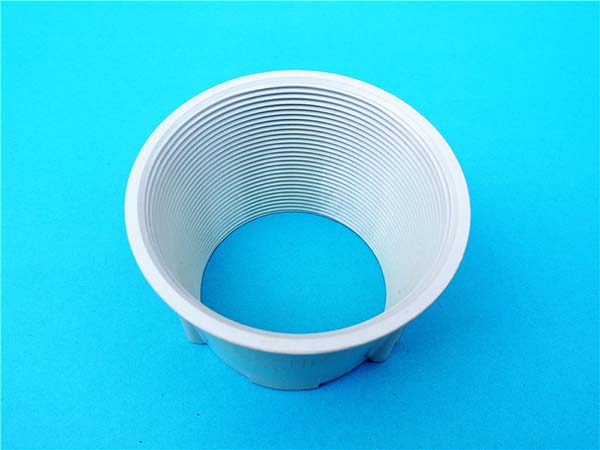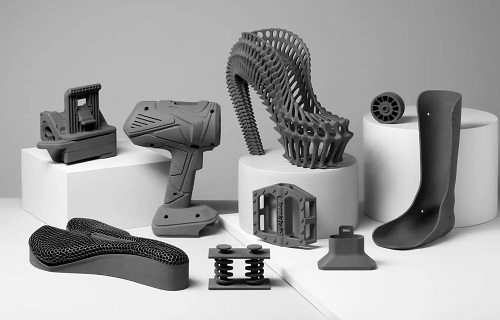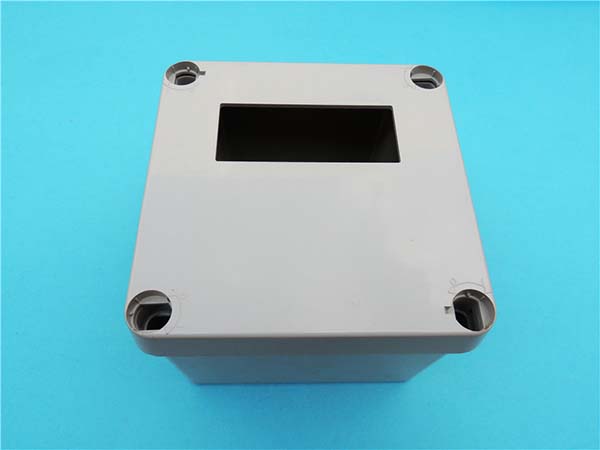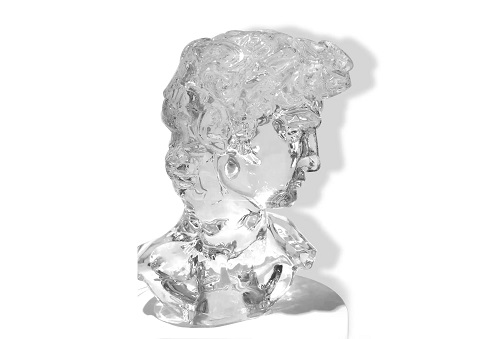1. Introduction
Metal Additive Manufacturing Technologies, commonly known as metal 3D printing, have revolutionized the manufacturing industry in recent years. But what exactly are these technologies, and why are they causing such a stir? This article will explore the ins and outs of metal additive manufacturing, from its basic principles to its real - world applications, and will also discuss its advantages, challenges, and future prospects.
Metal additive manufacturing technologies are a group of processes that build three - dimensional metal objects layer by layer from a digital model. Unlike traditional subtractive manufacturing methods, which remove material to create a shape, additive manufacturing starts from scratch, adding material precisely where it's needed. This fundamental difference has opened up a world of possibilities for designers and engineers.
2. What are Metal Additive Manufacturing Technologies?
2.1 Definition and Basic Principle
Metal additive manufacturing technologies, at their core, are processes that build three - dimensional metal objects layer by layer based on a three - dimensional digital model. This is achieved by adding material incrementally, as opposed to traditional manufacturing methods which remove material from a larger block (subtractive manufacturing) or shape it through molding (formative manufacturing).
The basic principle involves the following steps: First, a 3D model of the desired part is created using computer - aided design (CAD) software. This digital model serves as the blueprint for the manufacturing process. Then, the CAD model is sliced into thin cross - sectional layers by specialized software. Each layer represents a specific cross - section of the final part.
During the actual manufacturing process, a metal additive manufacturing machine reads the sliced data and deposits metal material layer by layer according to the instructions. The deposited material is fused together, either by heat sources like lasers or electron beams, or through other means such as using binders in some processes, to form a solid metal structure.
2.2 Main Types of Metal Additive Manufacturing Technologies
There are several main types of metal additive manufacturing technologies, with Powder Bed Fusion (PBF) and Directed Energy Deposition (DED) being two of the most prominent.
- Powder Bed Fusion (PBF): In PBF processes, a thin layer of metal powder is spread evenly across a build platform. A high - energy beam, such as a laser (in Selective Laser Melting - SLM) or an electron beam (in Electron Beam Melting - EBM), then selectively fuses the powder in the areas defined by the cross - section of the 3D model for that layer. Once one layer is completed, a new layer of powder is spread, and the process repeats. PBF is known for its high precision and the ability to create complex geometries with fine details. It can produce parts with smooth surface finishes and relatively high dimensional accuracy. For example, in the aerospace industry, PBF is used to manufacture intricate turbine blades with internal cooling channels that would be extremely difficult or impossible to produce using traditional methods.
- Directed Energy Deposition (DED): DED technologies involve using a focused energy source, such as a laser, electron beam, or plasma arc, to melt metal powder or wire as it is being deposited onto a substrate. The material is delivered directly to the build area, typically through a nozzle. This allows for the creation of larger parts and the repair or modification of existing components. DED has a higher deposition rate compared to PBF, making it more suitable for applications where speed and the ability to work on large - scale parts are important. For instance, in the manufacturing of large - scale metal components for the automotive or energy industries, DED can significantly reduce production time.
3. Applications of Metal Additive Manufacturing Technologies
Metal additive manufacturing technologies have found applications in a wide range of industries, revolutionizing the way products are designed and produced.
3.1 Aerospace Industry
In the aerospace industry, metal additive manufacturing is a game - changer. For instance, GE Aviation uses powder bed fusion technology to manufacture fuel nozzles for its LEAP engines. These nozzles, which were previously made from over 20 separate parts, can now be produced as a single, complex component. This not only reduces the weight of the nozzle by about 25%, but also improves its performance and durability. Weight reduction is crucial in aerospace, as every kilogram saved can lead to significant fuel savings over the lifetime of an aircraft. Additionally, additive manufacturing allows for the creation of complex internal geometries, such as lattice structures, which are difficult to achieve with traditional manufacturing methods. These structures can provide high strength - to - weight ratios, making them ideal for aerospace components like turbine blades and brackets.
3.2 Healthcare Sector
In the healthcare sector, metal additive manufacturing has enabled the production of highly customized medical implants. For example, in dental and orthopedic applications, titanium implants can be 3D - printed to perfectly match the patient's anatomy. This customization leads to better patient outcomes, as the implants fit more precisely, reducing the risk of rejection and improving the long - term success of the treatment. In bio - medical research, additive manufacturing is also being used to create tissue scaffolds. These scaffolds provide a framework for cells to grow and differentiate, potentially leading to the development of new treatments for organ failure and tissue damage.
3.3 Automotive Industry
In the automotive industry, metal additive manufacturing plays a significant role in rapid prototyping. Car manufacturers can quickly produce prototypes of new parts using additive manufacturing technologies, allowing for faster design iterations and reducing the time to market. For example, McLaren uses 3D printing to produce prototype parts for its high - performance cars. This enables the company to test and refine designs more efficiently. Moreover, additive manufacturing can be used to optimize automotive components. By using topology optimization software in conjunction with metal additive manufacturing, engineers can design parts with the minimum amount of material required to meet performance requirements. This results in lighter, more fuel - efficient vehicles. For instance, some automotive companies are using additive manufacturing to produce lightweight suspension components and engine parts.
4. Yigu Technology's View
As a non - standard plastic metal products custom Supplier, Yigu Technology sees great potential in metal additive manufacturing technologies. These technologies offer unprecedented opportunities for customized production, allowing us to create unique metal products that precisely meet our clients' needs.
We understand that while metal additive manufacturing technologies have numerous advantages, they also come with challenges such as high equipment costs, limited material options, and the need for skilled operators. However, we believe that through continuous technological innovation and industry - wide cooperation, these challenges can be overcome.
Yigu Technology is committed to exploring the application of metal additive manufacturing technologies in our custom - made products. We are eager to collaborate with partners to optimize materials and processes, aiming to provide more high - quality, cost - effective non - standard plastic metal products using these advanced manufacturing technologies.
5. FAQ
5.1 What types of metals can be used in metal additive manufacturing?
Commonly used metals in metal additive manufacturing include titanium, aluminum, stainless steel, nickel - based alloys, and cobalt - chrome alloys. Titanium is popular in aerospace and medical applications due to its high strength - to - weight ratio and excellent corrosion resistance. Aluminum is favored for its lightweight properties, making it suitable for the automotive and aerospace industries. Stainless steel is used for its corrosion resistance and mechanical properties in various industrial applications. Nickel - based alloys are often chosen for their high - temperature resistance, while cobalt - chrome alloys are used in dental and orthopedic implants because of their biocompatibility and wear resistance. The choice of metal depends on the specific requirements of the application, such as mechanical properties, corrosion resistance, and temperature resistance.
5.2 How accurate are the parts produced by metal additive manufacturing?
The accuracy of parts produced by metal additive manufacturing depends on several factors, including the type of additive manufacturing technology used, the complexity of the part, and the post - processing operations. In general, powder bed fusion technologies like SLM can achieve dimensional accuracies in the range of ±0.05 - ±0.15 mm for small - to - medium - sized parts. Directed energy deposition processes typically have a lower accuracy, with dimensional tolerances in the range of ±0.2 - ±1 mm. However, these values can vary. For example, parts with complex geometries may have slightly lower accuracy due to challenges in the melting and solidification process. Post - processing operations such as machining can significantly improve the accuracy of the parts, reducing tolerances to very tight limits, sometimes even in the micron range for high - precision applications.
5.3 Is metal additive manufacturing suitable for large - scale production?
Metal additive manufacturing has both advantages and limitations when it comes to large - scale production. On the one hand, it offers advantages such as the ability to produce complex parts without the need for expensive tooling, which can save costs in the long run for high - complexity components. It also allows for mass customization, where each part can be customized according to individual needs, which is beneficial in some industries like healthcare and aerospace. However, there are limitations. The production speed of metal additive manufacturing is generally lower compared to traditional mass - production methods like injection molding or casting, which can increase production time and cost for large quantities. Also, the high cost of equipment and raw materials can be a barrier. Therefore, metal additive manufacturing is more suitable for low - to - medium volume production of complex or customized parts, rather than high - volume, simple - geometry mass production.
